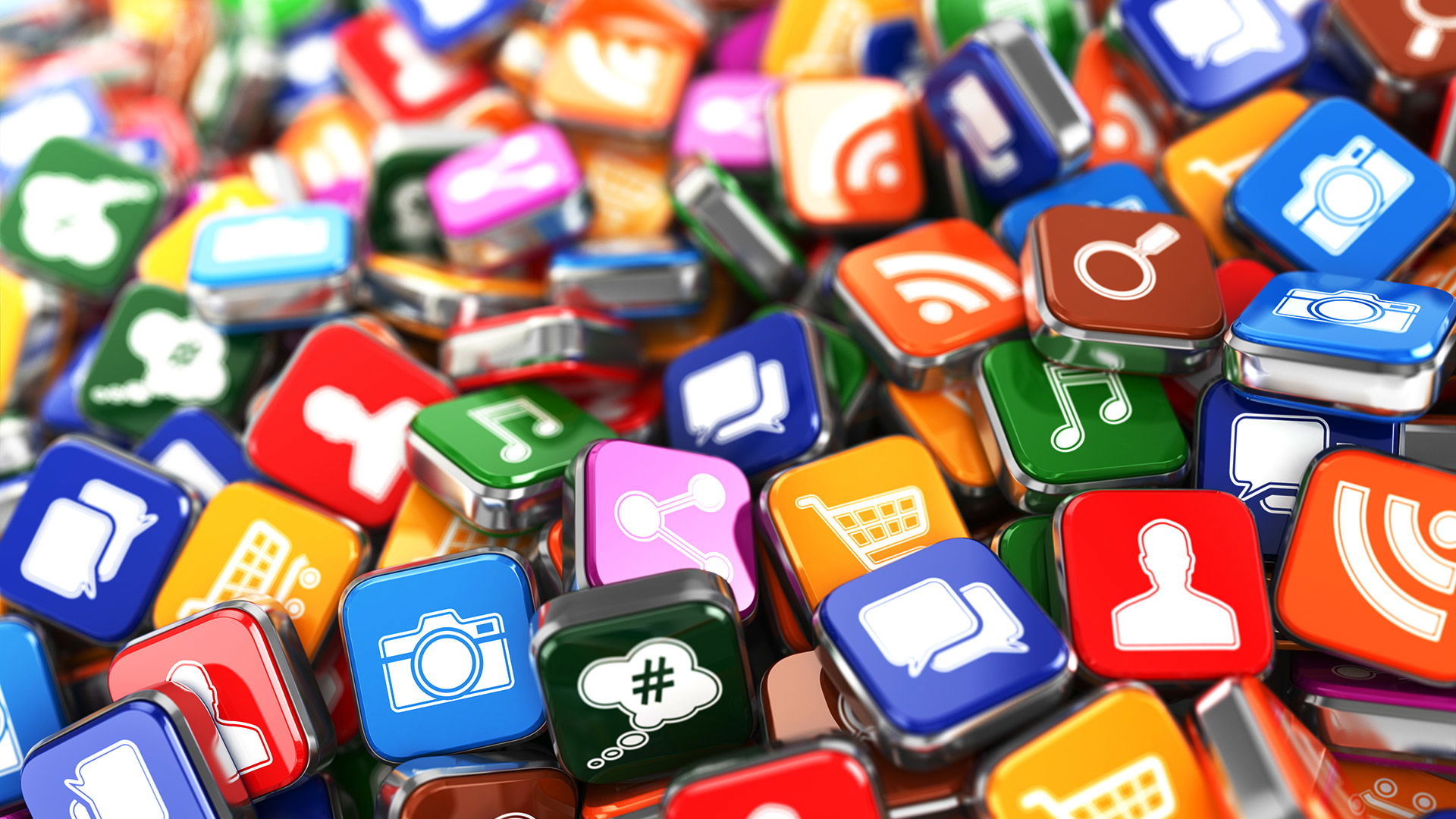Mobile Applications
Popular Types Of Mobile Apps
Mobile apps are getting more popular everyday with smart phones and mobile devices like iPads and Android apparatus growing in popularity. With more people each day with their mobile devices to access the web, more businesses are starting to make programs for use on those devices. Just like regular apps, mobile apps are designed to provide a user experience that's interactive and fluid. Below is an introduction to the interesting new technology.
In other words, a cell program is a software application designed to run right on a mobile device such as a mobile phone, small apparatus, or even hand held devices such as tablets and smart telephones. Mobile apps give users access to the exact same rich user experiences available on computers such as browsers, word processing, spreadsheets, etc. Simply speaking, apps are applications designed to make doing business on the move easier and more convenient. A few examples of popular apps include: apps | mobile operating system | | native platform} - Native programs: Native programs are made to run on the mobile operating system of a particular device. A good illustration of a native application would be an app designed to run on the iOS platform. On the reverse side, native apps are not specifically created for a particular device group. Examples include programs that are made to operate on particular models of iPhones and iPads.

Now that you know the fundamental terms in the cell program development process, let's explore the three kinds farther. All these 3 types of apps are standalone, hybridvehicle, and on line. Let's take a closer look at each of these.
Stand-alone programs are those that aren't tied to any particular online connection. Hybrid programs use both net connection and native functionality.
Web-based apps are the ones which operate straight from the web browser. Some examples of web apps are apps like Google Maps. Hybrid apps are the ones that utilize web technologies along with native performance. For example, the Twitter Internet API is used by programs like TweetDeck. Web technologies such as Java and Flash is also utilised in hybrid programs, even though it's ideal to adhere with Java and Flash for large apps like Facebook.
Another method of categorizing an program is by its technology utilized. There are two broad kinds of technology used in mobile programs: native and Progressive web program. Each has its advantages and disadvantages. To give you a better understanding, here are the three types of technologies used in web programs:
- Native apps are those that operate straight from the browser without any plugins or additional code needed from the user. The code of a native app cannot be altered at all. This differs from Progressive web programs, which are partly composed in mobile HTML and CSS. The user is permitted to set up Flash, Java, and other technologies necessary to run a native app. Native apps have the most functionality and are definitely the most popular.
- centric programs are web programs written in programming languages such as HTML, XHTML, and JavaScript which operate on mobile devices like smart phones. Responsive websites design and accommodate to changes in screen size. By comparison, a native program doesn't have any provision for adaptation and therefore has to be made using specific programming languages.
So, what are the 3 kinds of apps? As you can see in the definition of each type above, there are a number of differences between them. Let's look at them individually and see how each can benefit your business.
There are many distinct categories under which mobile applications fall. They can be categorized according to types and features like games, weather, news, sports, business, commute, and traveling. Each class can have different features and function in different ways on several mobile device platforms.
1 category of mobile application is developed specifically for the smartphone. Smartphones are quickly replacing regular laptops and notebooks. Smartphones are capable of doing tasks that conventional computers can't. Users may also incorporate their telephones using their laptops with a USB cable.
Another kind of mobile applications is hybrid programs. Hybrid programs are created utilizing the functionality of both iOS and Android. On one hand, an app created for one stage may wind up running on another. Nonetheless, this isn't always the case. The most popular types of hybrid apps are those that utilize the performance of both iOS and Android and after that add functionality to the present Android platform.
The third category of mobile application development is created with the OS level of this device. These apps were created using the native platform and optimized to the particular device memory and characteristic set of the gadget. Examples of hybrid apps include Google Currently and Gmail. Hybrid apps allow users to get similar features on many different platforms and devices.
